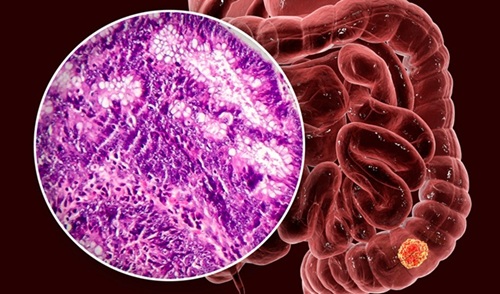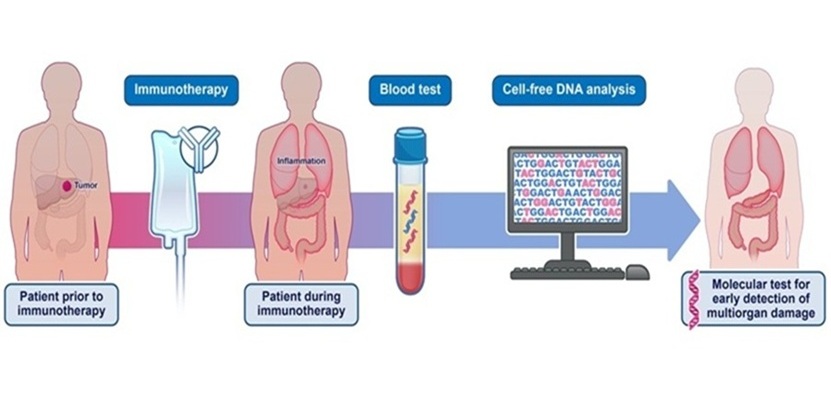Advanced Imaging Method Maps Immune Cell Connections to Predict Cancer Patients Survival
Posted on 06 Nov 2024
A growing tumor is influenced not only by the tumor cells themselves but also by the surrounding tissue, which alters its biology. Immune cells communicate by transferring vital signaling proteins to their surfaces, creating physical 'synapses' between cells. This movement of resources from within the cell to its surface is essential for coordinating immune responses against pathogens and cancers. To explore the interactions of immune cells within the tumor microenvironment—the area surrounding a tumor—researchers typically isolate these immune cells to analyze the genes active in each cell type. Alternatively, they may apply fluorescent tags to specific proteins and use microscopy to visualize the abundance of those proteins based on fluorescence intensity. However, neither method reveals whether the proteins are located on the cell surface at a synapse, contributing to cell-to-cell interactions. A new combination of imaging and computational techniques has now been developed to study the connections between immune cells in breast cancer and melanoma.
Researchers at The Jackson Laboratory (JAX, Bar Harbor, ME, USA) began by utilizing existing microscopy data to examine how signaling molecules cluster at immune synapses, providing a more comprehensive understanding of immune cell interactions. They went on to integrate advanced imaging methods with a novel computational technique to investigate immune cell interactions in unprecedented detail, discovering that these interactions in the context of breast cancer or melanoma can help predict immune responses and patient outcomes. Notably, the research indicated that increased interactions between two specific types of immune cells correlated with longer survival in breast cancer patients.
.jpg)
The technique, known as Computational Immune Synapse Analysis (CISA), allows the research team to detect not only which cells within a tissue contact each other physically but also whether key molecules are concentrated at those contact points. The method analyzes immune cell images, emphasizing cell edges and potential immune synapses, and compares these to the localization of tagged molecules. By focusing on T cells, the researchers demonstrated that CISA could identify interactions between T cells and other immune cells within tumor microenvironments in human melanoma samples. Additional experiments indicated that synapses formed between T cells and macrophages—cells that engulf pathogens and tumor cells—were associated with increased T cell proliferation.
The researchers then assessed whether immune cell interactions in breast cancer samples influenced the progression of the cancer. Their findings, published in the advanced online issue of Communications Biology, revealed that stronger connections between T cells and B cells—another immune cell type—were linked to improved survival rates for patients. This insight could eventually facilitate new methods for predicting patient outcomes, selecting candidates for immune therapies, or even developing novel immunotherapies. Identifying significant patterns in cell interactions is the ultimate aim of CISA. The researchers have made this image analysis platform accessible online for other scientists and believe it could be utilized to analyze interactions between various cell types. Additionally, it is capable of processing different types of images; melanoma samples were examined using histocytometry, while breast cancer samples were analyzed using imaging mass cytometry (IMC). The team plans to extend their method to other tumor types and immune cell types to deepen their understanding of the tumor microenvironment and its effects on cancer.
“Researchers have long suspected that better characterizing this complex community, which includes immune cells, blood vessels, and signaling molecules, could shed light on how cancers grow, spread, and respond to treatment,” said Jeffrey Chuang, a professor at JAX and senior author of the new study. “This new analysis lets us quantify the locations and interactions of cells and molecules in a way that has never before been possible using imaging.”














